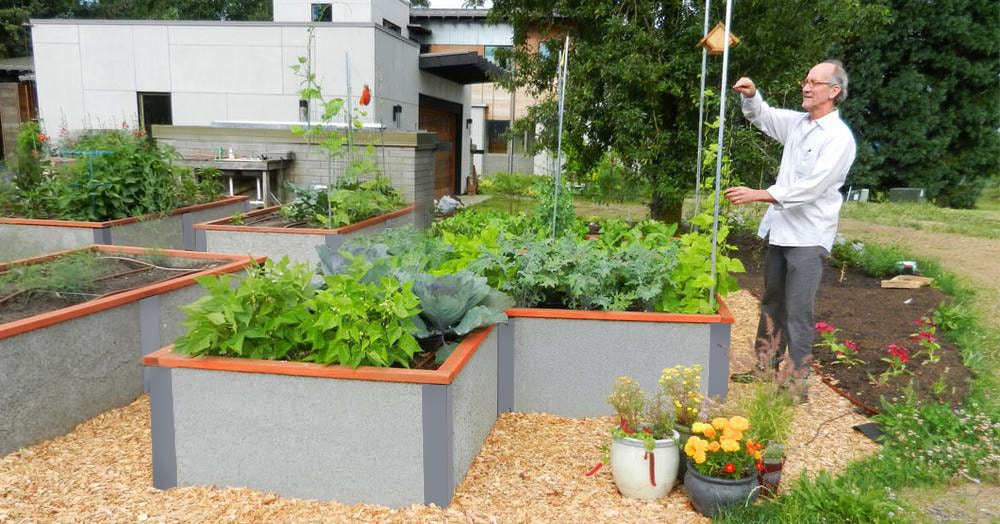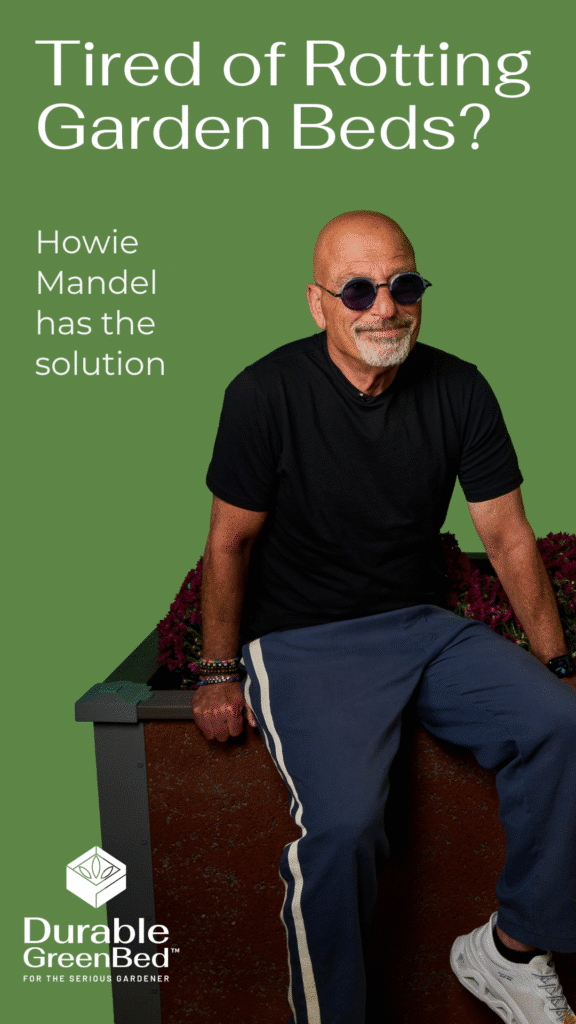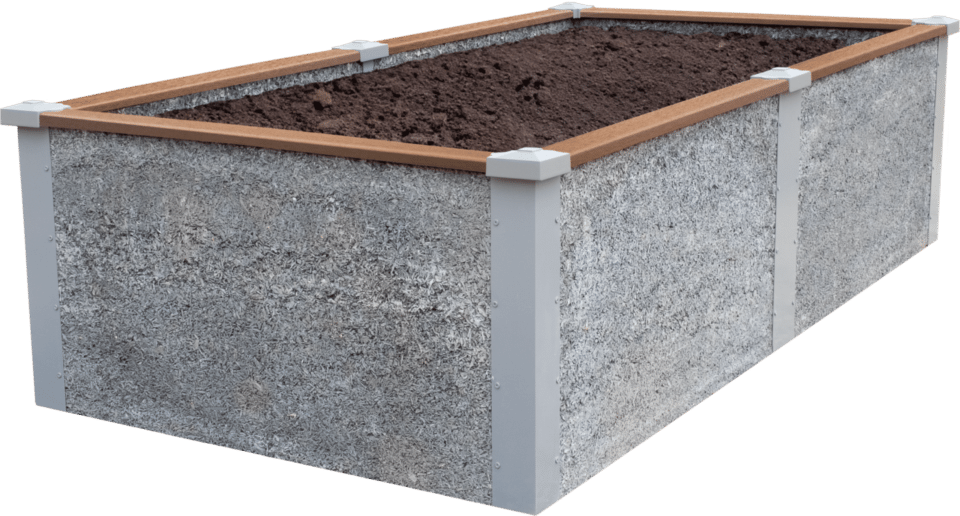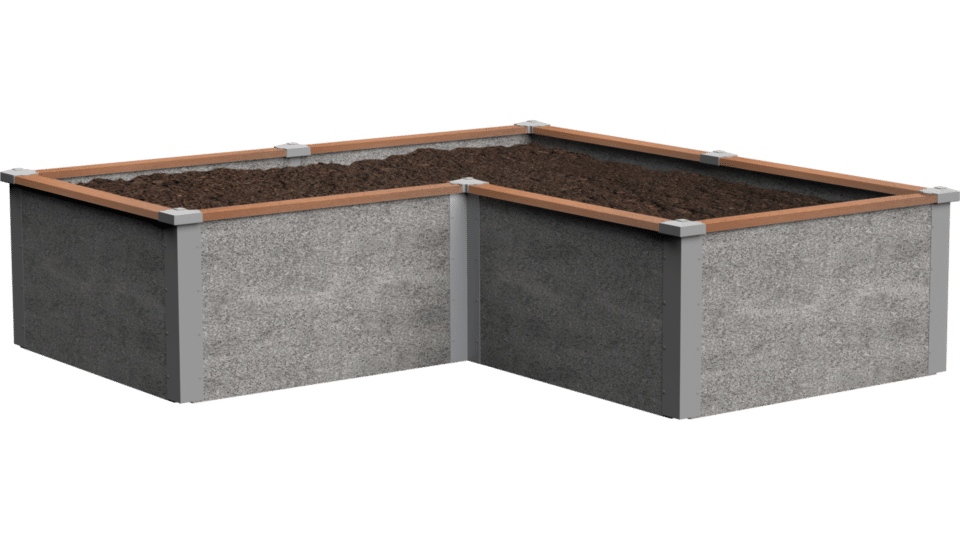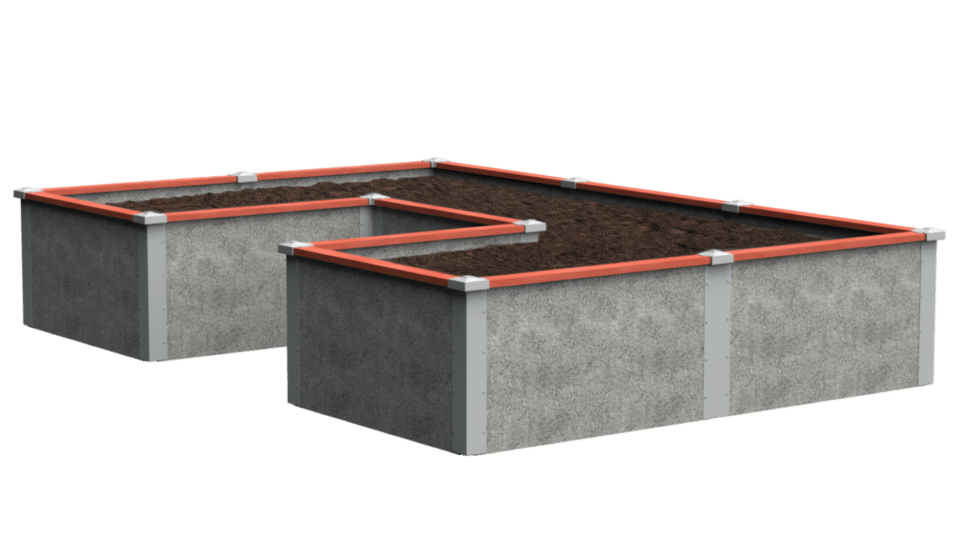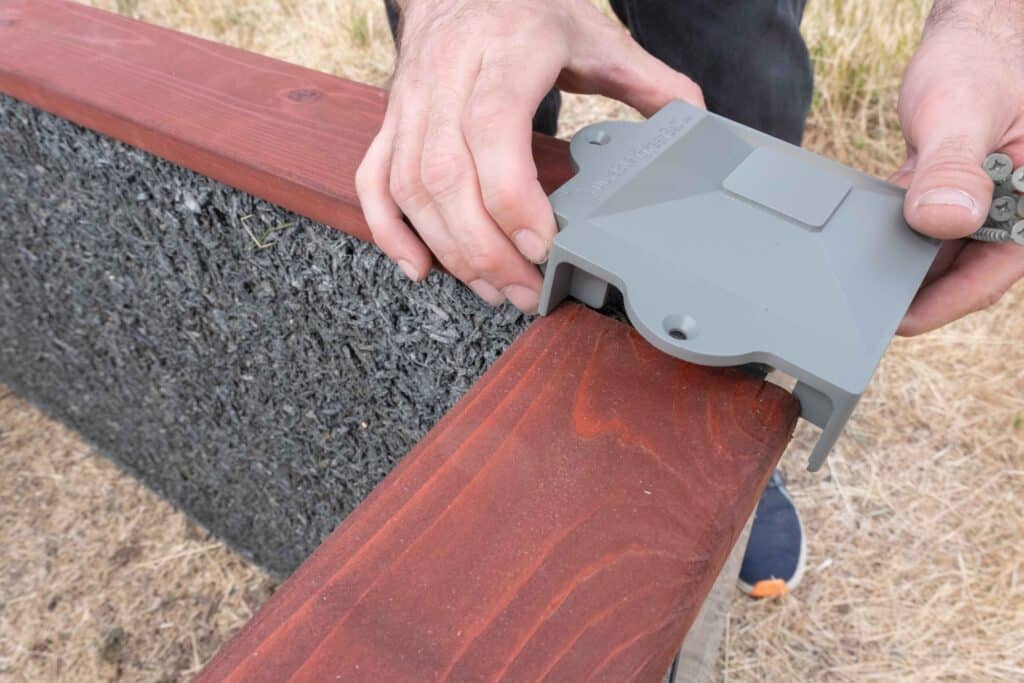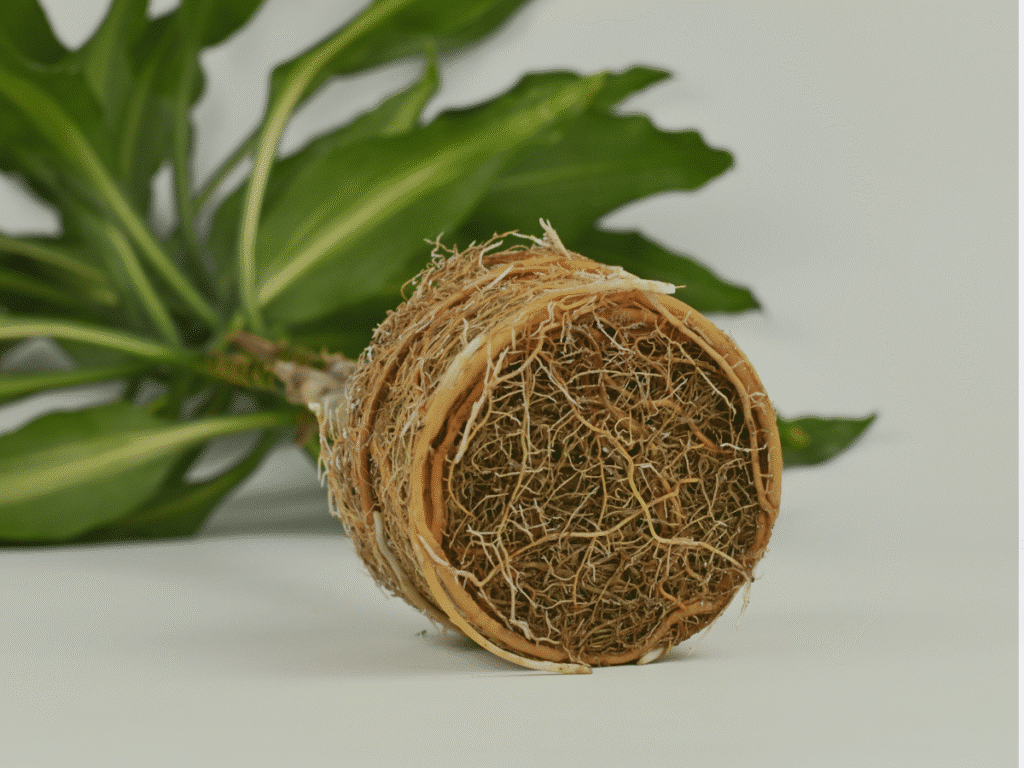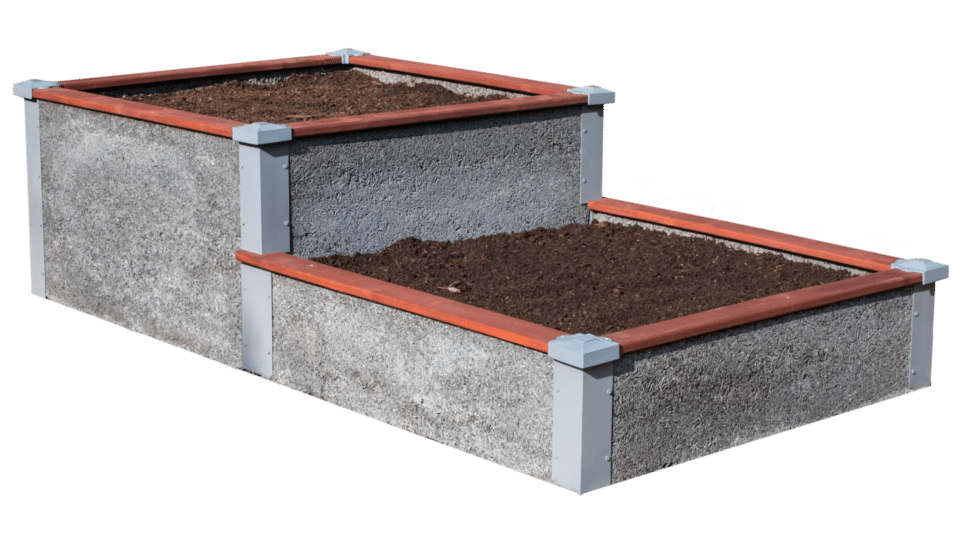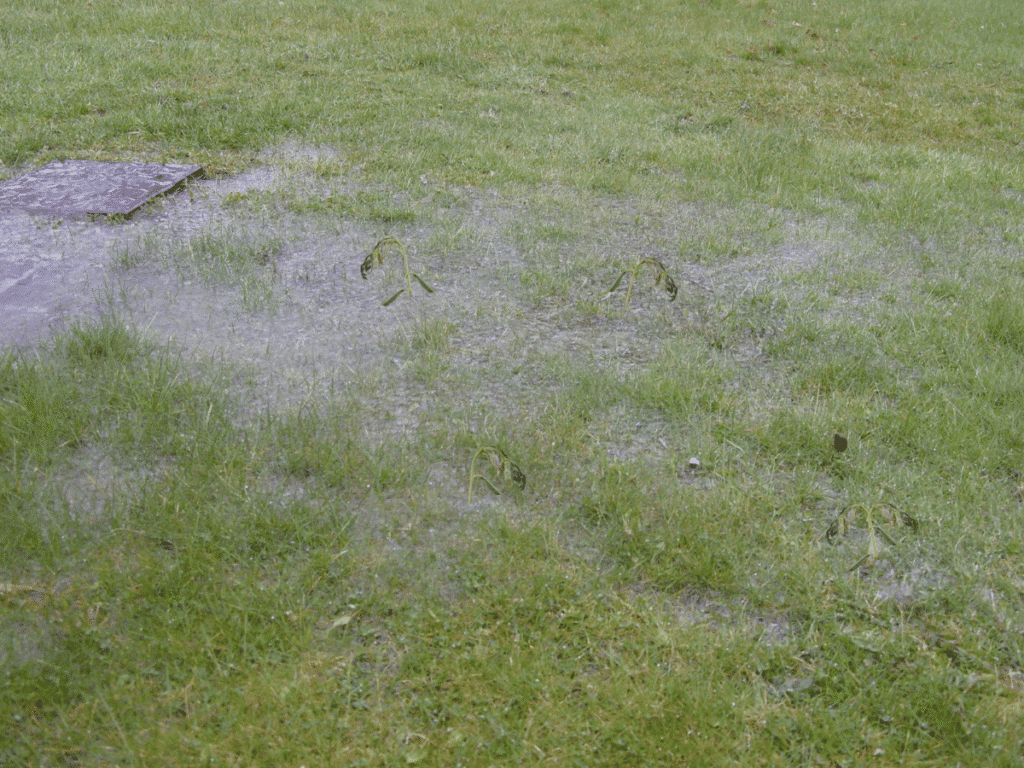
So your wooden garden beds have finally worn out and need to be replaced. Or perhaps you are ready to increase the size of your raised beds so you have more growing space. Either way, you’ve decided it’s time to “trade up” for a better garden bed. What will you go about replacing your raised bed with?
Replacing a Raised Bed
How often you need to replace a raised bed really depends on the material it’s made from. However, the climate conditions the bed is in also has a huge impact. A wooden bed with hot sun beating down on it all year long is going to weather much faster than one in the shade. The type of wood matters, of course. And whether the wood it’s made from is constantly wet matters too, although any wood is going to weaken sooner than later between heat and moisture.
The University of Massachusetts Building and Construction Technology Department has an interesting article about how many things people believe about wood are actually myths. For one, kiln-dry lumber still has a lot of moisture in it when you buy it. They say that the problems we see in wood — peeling paint, rot, warp, cracks, and shrinkage — are all due to water in wood, which is there when we buy it or it absorbs the water in the environment it’s in. When you’re buying wood from a store, you can see a tag that indicates its moisture content — but that only tells you its moisture content when it was shaped and prepared, not what it is now. It could have been shipped from the West Coast or piled up in a lot outside and absorbed a lot of moisture before it got to you.
Another myth is that cedar and redwood are rot resistant. Now . . . we know what you’re thinking! This is such a common statement that it rarely gets questions. But it’s an overstatement, and can be really disappointing to people who spend a lot of money on cedar or redwood only to find that their outdoor garden bed or deck didn’t last as long as they thought it would. Untreated sapwood of just about any type is not rot resistant. Heartwood is more durable, but also much more expensive, and since virtually all old growth forests have already been cut, it is essentially impossible to get. When you’re using common woods considered to be longer-lasting, such as cedar, redwood, white oak, and locust, you still need a water repellent treatment.
That brings up another problem…most organic gardeners don’t want to use treated wood, because of the very real concern that the chemicals can leach into their soil. As we all know, truly organic, non-toxic gardening begins with a non-toxic garden bed [link here to the recent article on this topic].
A Better Raised Bed Material
Of course there’s always something like galvanized steel or HDPE plastic as a material to form a garden bed from. But these have drawbacks. While they can last longer than wood, they don’t always have the look that gardeners want. They don’t fit in to the landscape and they’re not customizable (especially the steel).
Most people consider these options and then keep looking for a better raised bed material. A search usually reveals that concrete is considered to be a lifetime choice. Stone, concrete, and other masonry products can last indefinitely. The Chicago Tribune says that concrete block material lasting 100 years is actually not far from the truth. So when you’re talking about replacing a raised garden bed when it’s time to upgrade to a more permanent solution, don’t take concrete off the table.
The Durable GreenBed Raised Bed Kit Solution
The way that Durable GreenBed kits are made takes the natural longevity of concrete and cement and preserves it. These beds combine cement (an ingredient in concrete) with mineralized wood chips, which means the proteins and sugars in wood have been burned away. This creates a composite mineralized wood-cement material that is lighter than concrete alone and yet is very much like a man-made stone material.
Durable GreenBeds can last for decades. We feel safe saying 20-25+ years, but it really could be longer than that. When your wooden garden beds have reached their limit and you’re tired of the following:
- Replacing them every 5 years
Replacing the soil in the beds every 5 years
Bending over – Ouch! My back
Repainting the wooden garden beds so they look nicer
Pulling out splinters from the splitting wood
Etc. etc.
Look into Durable GreenBeds for long-lasting, non-toxic, rugged, AND attractive, customizable raised garden beds kits. Got more questions? We’re happy to help answer them for you. Just give us a call at 541-368-7935 or send us an email.
There's Nothing Like Durable GreenBeds
It's the Walls!™
- Breathable
- Well Draining
- Higher Yields
- Prevents Slugs and Pests
- Non-Toxic
- 20-25 Year Lifespan
Shop Durable GreenBed Kits
-
Rectangular Raised Garden Bed Kit
$471.00 – $2,085.00Price range: $471.00 through $2,085.00 Select options This product has multiple variants. The options may be chosen on the product page -
L-Shaped Raised Garden Bed Kit
$786.00 – $1,305.00Price range: $786.00 through $1,305.00 Select options This product has multiple variants. The options may be chosen on the product page -
U-Shaped Raised Garden Bed Kit
$1,199.00 – $2,446.00Price range: $1,199.00 through $2,446.00 Select options This product has multiple variants. The options may be chosen on the product page
Shop Durable GreenBed Raised Garden Bed kits
-
Rectangular Raised Garden Bed Kit
$471.00 – $2,085.00Price range: $471.00 through $2,085.00 Select options This product has multiple variants. The options may be chosen on the product page -
L-Shaped Raised Garden Bed Kit
$786.00 – $1,305.00Price range: $786.00 through $1,305.00 Select options This product has multiple variants. The options may be chosen on the product page -
4’x8’ Stepped Raised Garden Bed Kit
$865.00 – $1,073.00Price range: $865.00 through $1,073.00 Select options This product has multiple variants. The options may be chosen on the product page -
U-Shaped Raised Garden Bed Kit
$1,199.00 – $2,446.00Price range: $1,199.00 through $2,446.00 Select options This product has multiple variants. The options may be chosen on the product page

